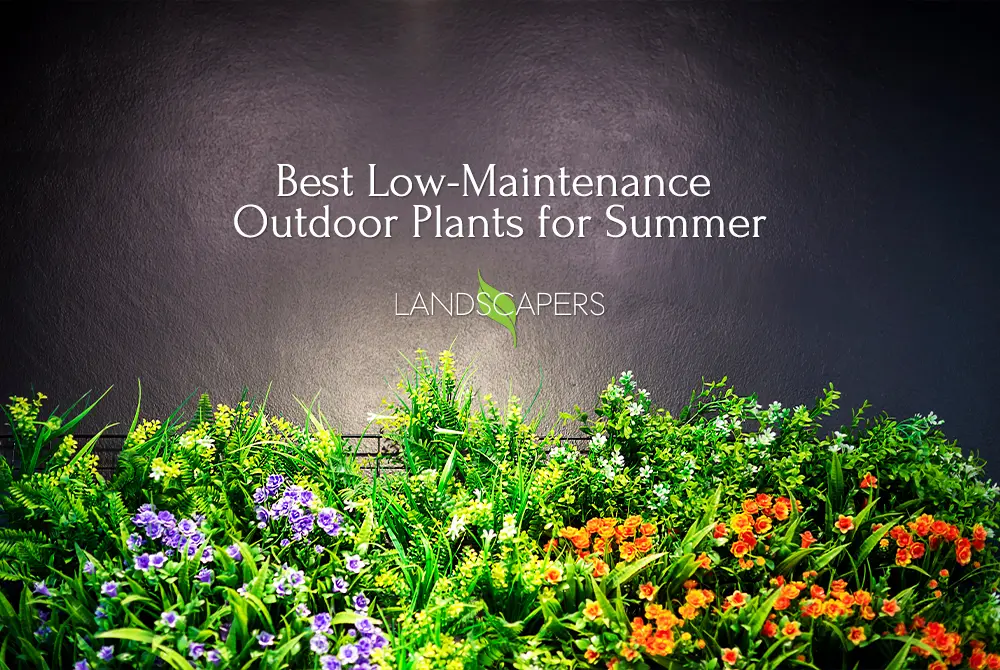
Best Low-Maintenance Outdoor Plants for Summer
It seems like 2024 just began a few days ago, but spring has already reached its end. Summer seems to be knocking at our door, just waiting to rush in with full force. For plant lovers, the summers of Bangladesh tend to be quite brutal. While there are other countries out there with hotter weather, the heat here is not always good for plants, especially if you need something that requires little to no maintenance. If you love plants and would like to nurture some through this summer, then please keep on reading.
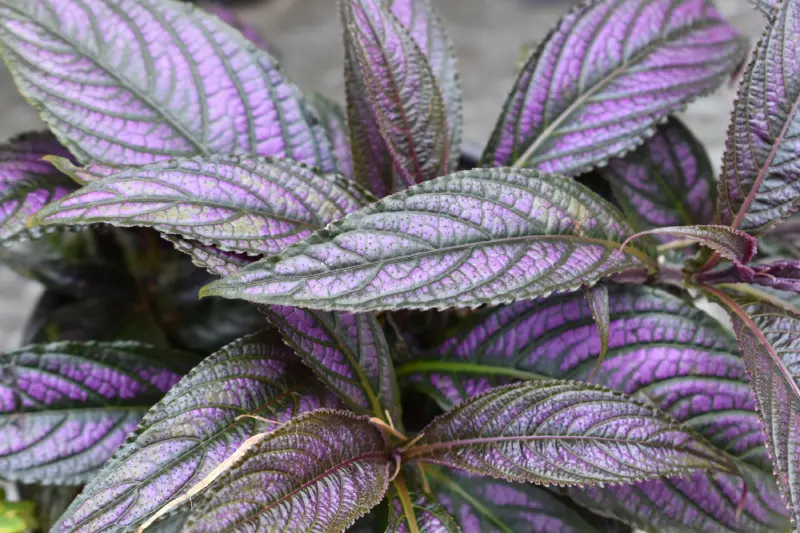
If you are looking for a foolproof plant that will not fail you in terms of growth, then the Persian Shield is the perfect plant for you. This plant is famous for thriving in the shade as well as the sunlight, in a garden, and even in a smaller pot or container. This leafy and colorful plant is durable and honestly a complete standout in the garden. You can plant its seeds annually, or bring it indoors in colder weather to keep it in a bright spot and see if it survives in the winter.
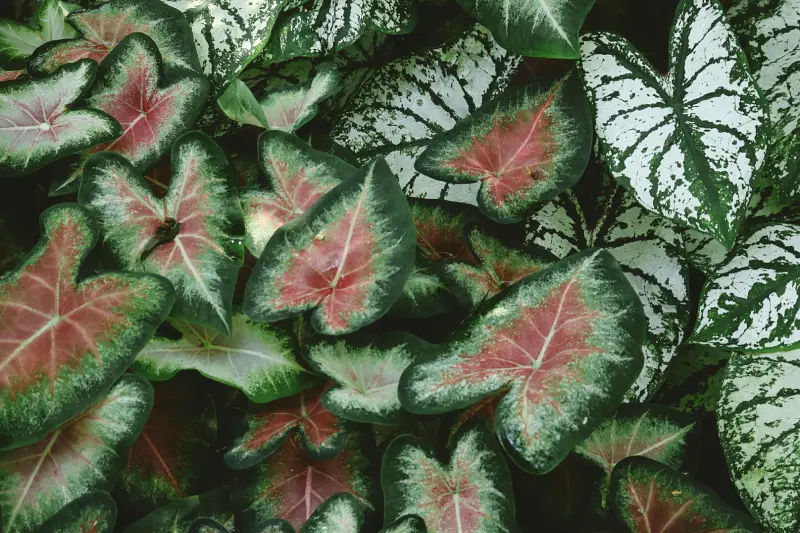
For a tropical look and feel, you can bring in a beautiful, big caladium plant in your garden. The arrowhead-shaped leaves of this plant can be easily found in shades of red, white, and pink; so they can be easily coordinated with the colors of the other plants in your collection. The white varieties are particularly fun when they are in the shade because they seem to glow in the dark, especially at dusk. You can treat caladium as an annual plant and leave it in the ground throughout the year, or you can dig it up and store it in a cool place for the winter.

Ornamental peppers can also be used in landscaping projects. Also known as “Onyx Red”, this plant is a stunning addition to borders, mass plantings, beds, and containers. This ornamental eye-catcher stays neat and compact, maturing at 8 to 10 inches high and blooming from late spring into winter. Although it is called a pepper plant, do not try to consume the fruit of this plant. This plant tends to thrive in rich, well-drained soil and benefits from a slow-release fertilizer applied in spring. Let the soil dry slightly between waterings. These well-branched plants don’t need pruning.
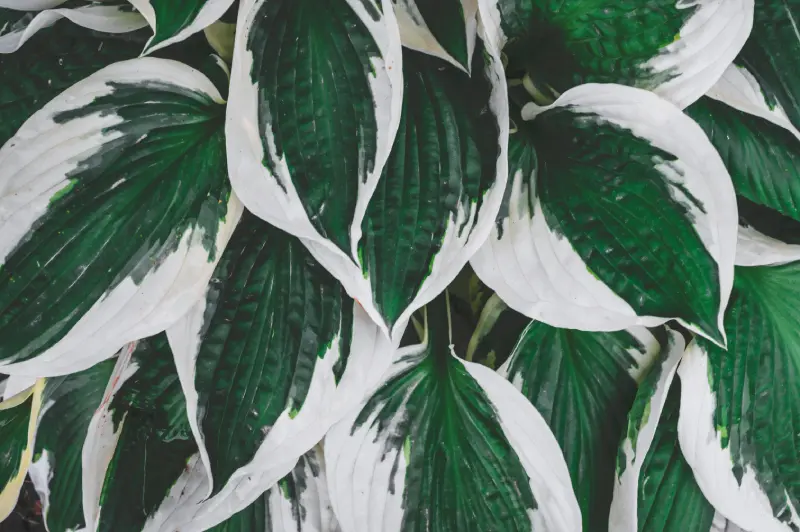
For a garden that has a lot of shade but is also dry, the hosta is one of the few plants that will be happy to grow in such a home. Growing to a height of about 16 inches tall and 30 inches wide, a group of hostas can help fill the space in a low-light garden. Most hostas prefer some shade, and the darker the plant, the more likely it is to flourish in a dim environment. When planting in deep shade, the “First Frost” variety of hosta is the most popular, with pretty variegated leaves and pale lavender flowers.
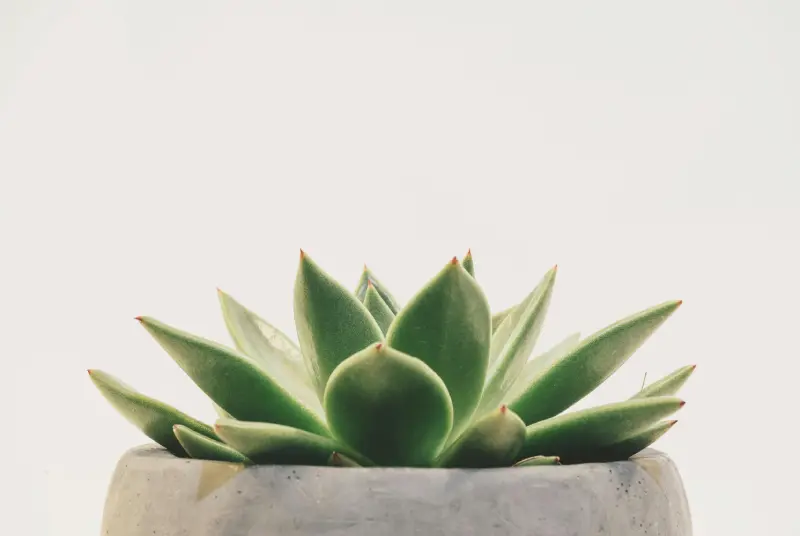
If your garden gets a lot of bright light and remains dry, then there are very few plants that will be able to survive there. One of the most easily maintained will be any variety of an agave plant, which is a low-water absorbing succulent that makes a statement piece, no matter where you might plant it. If you are looking for a splash of color to be added to your garden, then look for those plants that have variegated or two-toned leaves. For example, one agave that stands out has yellow borders and deep green centers and can raise visual interest.
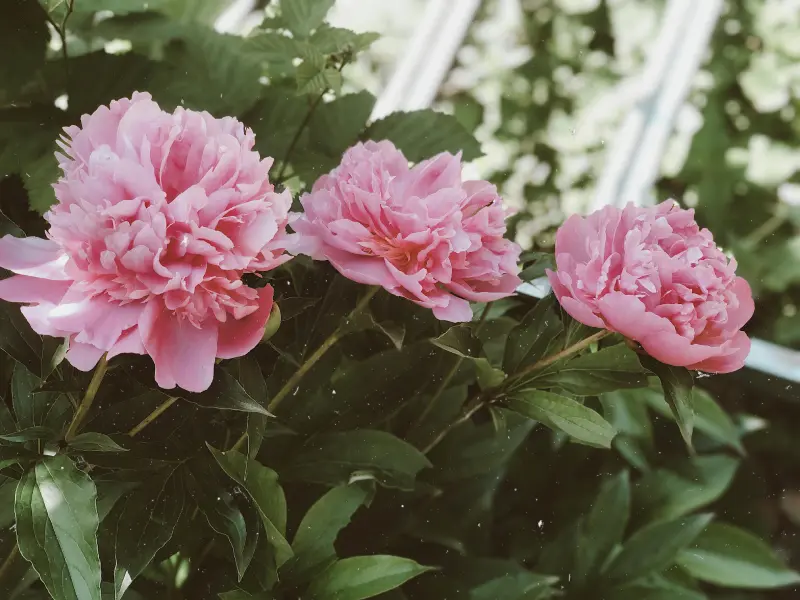
Herbaceous peonies are known for having highly fragrant spring flowers that are deciduous. There are different varieties of peonies available, just make sure to check with the nursery you are getting the plant from. Peonies look similar to roses but have a much lighter and more soothing scent. Plant your peonies in the fall or spring, either in the full sunlight or in the afternoon shade in areas where summers get crazy hot. This plant requires well-drained soil mixed with mulch or other organic materials. The sizes of peonies will vary depending on the variety you get. Existing flowers will drop and die, and the remaining parts of the plant will flower again the year after. Just make sure you have trimmed off the dead parts of the current plant and mixed them with the soil in that garden.
While summer might be the perfect time to dive into gardening as a hobby, make sure you know exactly how much effort needs to be put into caring for each plant. If necessary, go to more than one nursery to find out how much money, care, and effort needs to be spent on each plant. Look to pair plants that match the look and feel of your garden, but will also require the least maintenance from you overall. Low-water succulents might be good throughout the year, as are snake plants and money plants because they create oxygen or fresh air that reduces the stuffiness in the house. Go for a mix of smaller and larger plants to make your garden uniquely beautiful. Decide on goals you’d like to fulfill towards being an amateur gardener and work towards them as necessary.

